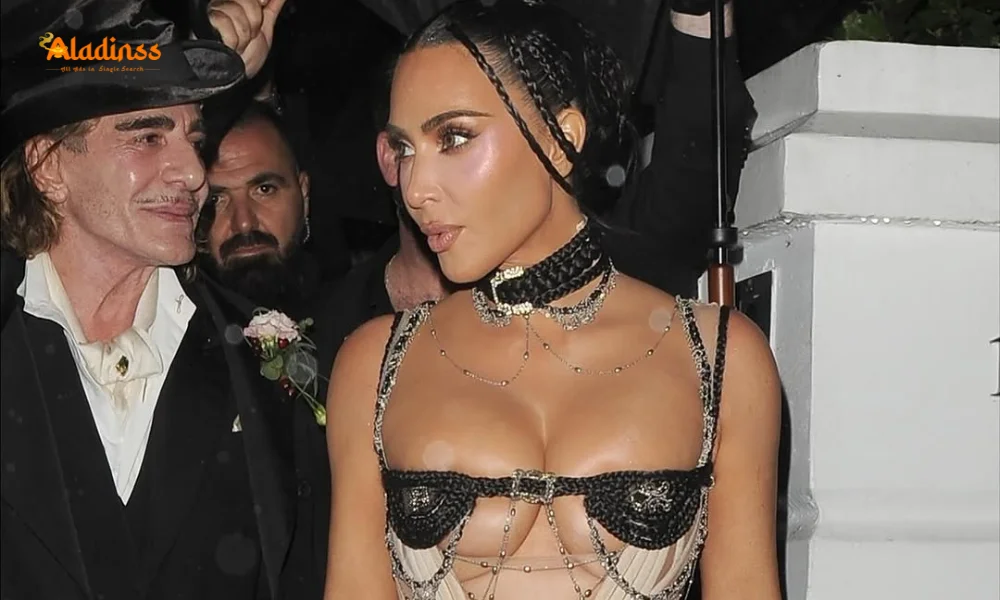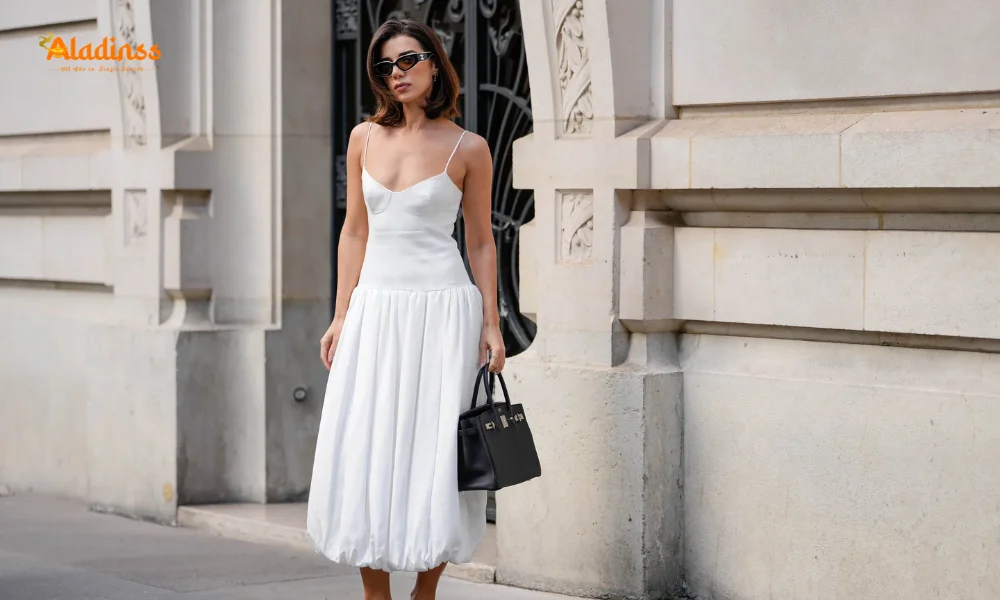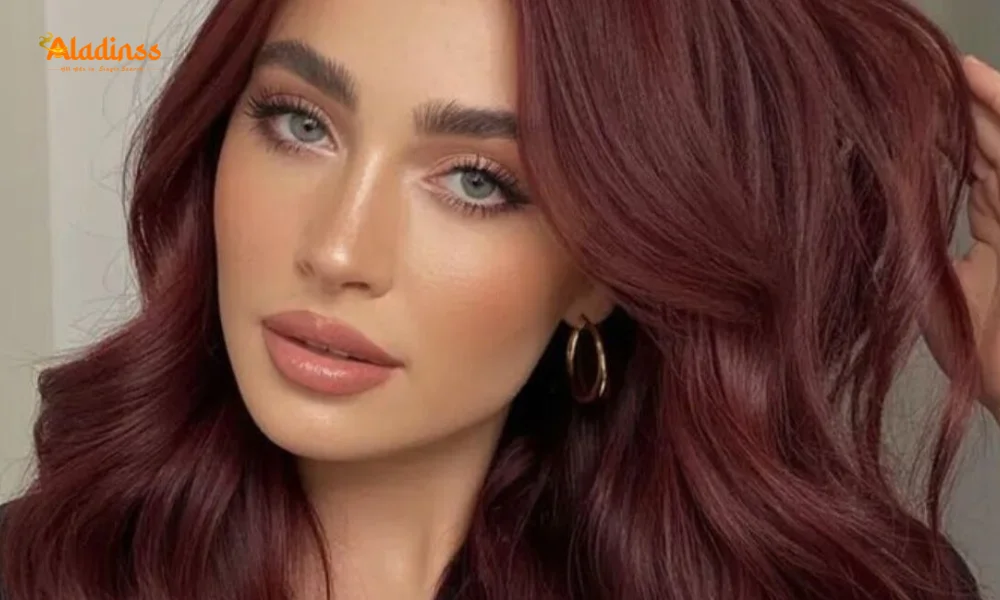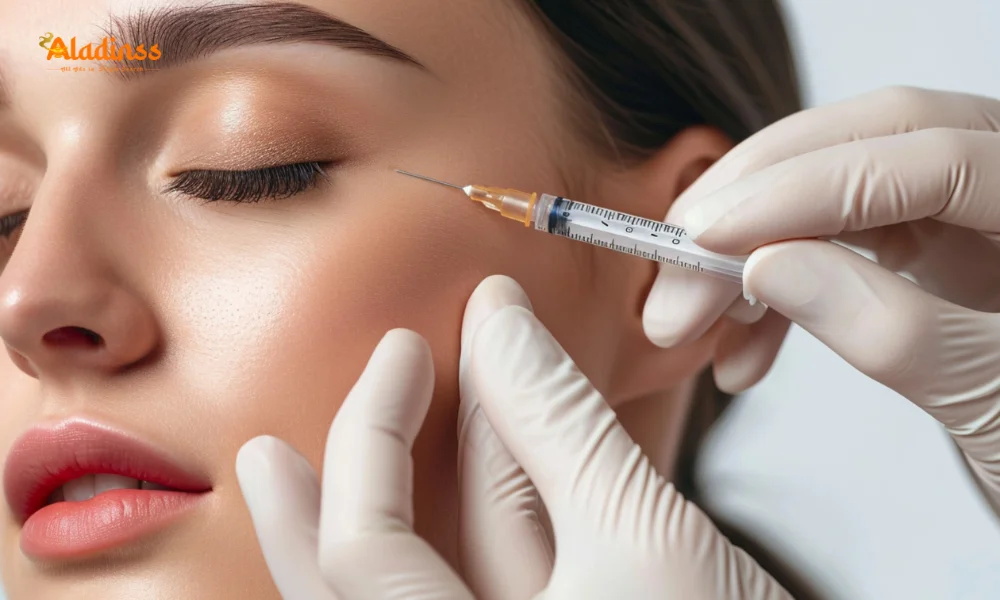Benefits of Herbal Hair Colour for Vibrant Strands
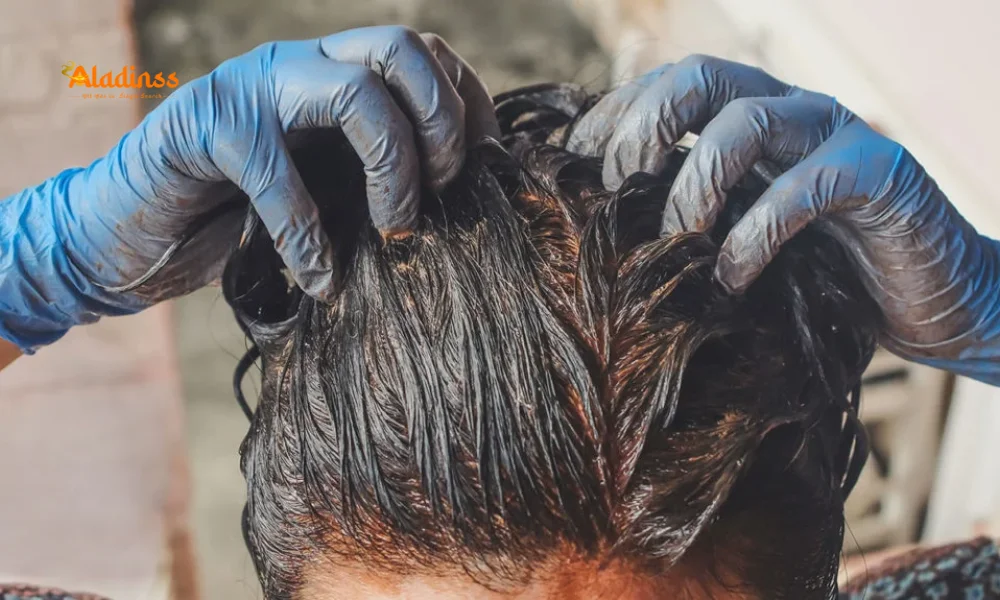
Benefits of Herbal Hair Colour for Healthier, Vibrant Strands in 2025
Colouring your hair is a fun way to express your style and refresh your look, but traditional chemical dyes often come with a cost: damaged, dry, and brittle strands. In 2025, herbal hair colours are gaining popularity as a healthier, natural alternative that delivers vibrant results without compromising hair health. Free from harsh chemicals like ammonia and peroxide, herbal hair colours nourish your strands with botanical extracts, offering a gentler, more sustainable way to achieve stunning colour. This article explores the surprising benefits of switching to herbal hair colour, helping you achieve healthier, shinier, and more vibrant hair.
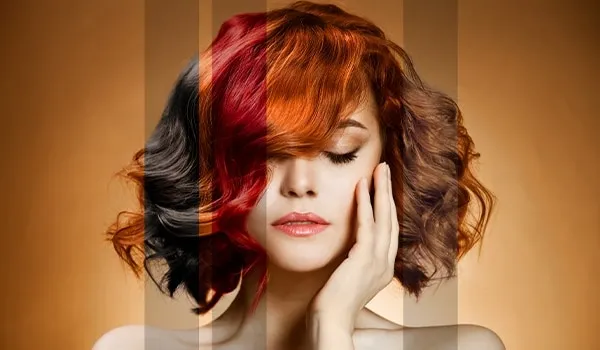
Why Chemical Dyes Harm Your Hair
Traditional hair dyes rely on aggressive chemicals like ammonia and peroxide to deliver vibrant, long-lasting colour. Ammonia works by opening the hair’s cuticle—the protective outer layer—allowing colour to penetrate the hair shaft. While effective, this process weakens the hair’s structure, leading to frizz, breakage, and a loss of natural shine. “Peroxide, another common ingredient, bleaches the hair’s natural pigment, which can further damage its integrity over time, leaving strands straw-like and lifeless,” explains haircare expert Clelia Cecilia Angelon. Over time, repeated use of chemical dyes can cause significant hair damage, scalp irritation, and even allergic reactions, making them a risky choice for long-term hair health.
In contrast, herbal hair colours take a gentler approach. Instead of stripping the cuticle, they deposit colour on the hair’s surface, acting like a protective coating. This process smooths the cuticle, enhances shine, and minimizes damage, offering a healthier alternative for those seeking vibrant colour without the drawbacks of chemical dyes.
What Makes Herbal Hair Colour Different?
Herbal hair colours stand out for their natural, chemical-free formulations. Unlike traditional dyes, they are free from ammonia, peroxide, and parabens, making them significantly gentler on both hair and scalp. “No harsh chemicals mean less risk of itching, redness, or allergic reactions,” says Angelon. This makes herbal hair colours an excellent choice for individuals with sensitive skin or those who have experienced discomfort from chemical dyes. A study published in the *International Journal for Research in Applied Science and Engineering Technology* confirms that herbal colours are effective and have fewer side effects, offering a safer alternative for hair dyeing.
The absence of harsh chemicals also helps maintain the hair’s natural structure, preserving its strength and elasticity. By avoiding damage to the cuticle, herbal hair colours ensure that your hair remains healthy and resilient, even with regular use. This gentle approach is particularly beneficial in 2025, as more people prioritize clean beauty and sustainable haircare solutions.
Nourishing Benefits of Herbal Hair Colour
One of the standout features of herbal hair colours is their ability to nourish hair while colouring it. Packed with botanical extracts rooted in Ayurvedic traditions, these dyes go beyond aesthetics to improve hair health. Common ingredients like henna, amla, and bhringraj offer unique benefits that strengthen and condition hair from root to tip.
Henna: Known for its rich, reddish tones, henna acts as a natural conditioner, coating the hair shaft to enhance shine and strength. It also helps seal the cuticle, reducing frizz and improving manageability.
Amla (Indian Gooseberry): “Rich in vitamin C and antioxidants, amla strengthens hair follicles and supports better pigmentation,” says Angelon. It promotes scalp health, reduces hair fall, and enhances colour vibrancy.
Bhringraj: Often called the “king of herbs” for hair, bhringraj is renowned for supporting hair growth, reducing hair loss, and improving overall hair health. Its nourishing properties help maintain a healthy scalp, essential for strong, vibrant strands.
These natural ingredients work synergistically to nourish hair, making herbal hair colours a dual-purpose product that delivers both colour and care. Unlike chemical dyes, which can strip moisture, herbal colours leave hair softer, shinier, and healthier with each use.
Vibrant, Long-Lasting Colour with Herbal Dyes
A common misconception about herbal hair colours is that they produce less vibrant or shorter-lasting results compared to chemical dyes. However, modern herbal formulations have debunked this myth. While the shades may lean toward earthy tones—such as rich browns, auburns, and blacks—the best herbal hair colours deliver bold, beautiful results that rival their chemical counterparts. They are particularly effective at covering grey hair, blending it seamlessly into your natural colour for a multi-tonal, natural look.
Herbal hair colours also fade gracefully over several weeks, avoiding the harsh line of regrowth often seen with chemical dyes. This gradual fading creates a low-maintenance look, making herbal dyes ideal for those who prefer a natural, effortless style. With advancements in 2025, herbal hair colours now offer a wide range of shades, from subtle blondes to deep blacks, ensuring there’s an option for every preference.
Benefits of Switching to Herbal Hair Colour
Switching to herbal hair colour offers a range of benefits that go beyond aesthetics. Here are some key advantages:
Reduced Hair Damage: By avoiding harsh chemicals, herbal dyes preserve the hair’s natural structure, minimizing breakage and dryness. This leads to stronger, healthier strands over time.
Gentle on Scalp: Free from ammonia and parabens, herbal colours reduce the risk of scalp irritation and allergic reactions, making them ideal for sensitive skin.
Nourishment and Conditioning: Botanical ingredients like henna and amla nourish hair, improving shine, strength, and overall health with each application.
Eco-Friendly Choice: Herbal hair colours are often made with sustainable, natural ingredients, aligning with the growing demand for clean beauty in 2025.
How to Use Herbal Hair Colour Effectively
Using herbal hair colour is straightforward, but a few tips can ensure optimal results:
Patch Test: Before applying herbal hair colour, perform a patch test to rule out any allergies, especially if you’re new to natural dyes.
Prep Your Hair: Wash your hair with a clarifying shampoo to remove buildup, allowing the herbal dye to adhere better to the hair shaft.
Follow Instructions: Herbal dyes often require longer processing times (1-2 hours) than chemical dyes. Follow the product’s instructions for the best colour payoff.
Post-Colour Care: Use sulfate-free shampoos and conditioners to maintain the colour and nourishment provided by herbal dyes. Avoid excessive heat styling to preserve hair health.
Choosing the Right Herbal Hair Colour
When selecting a herbal hair colour, opt for products from reputable brands that use high-quality, natural ingredients. Look for certifications like organic or cruelty-free to ensure purity and sustainability. Check the ingredient list for nourishing botanicals like henna, amla, or bhringraj, and avoid products with synthetic additives that could dilute the benefits. Reading reviews and consulting with a haircare professional can also help you choose a shade and formula that suits your hair type and colour goals.
Switching to herbal hair colour is a wellness-driven choice that prioritizes the health of your hair and scalp. With their nourishing ingredients, vibrant results, and eco-friendly appeal, herbal dyes are transforming haircare in 2025, offering a guilt-free way to express your style while keeping your strands strong and radiant.
Comment / Reply From
No comments yet. Be the first to comment!
